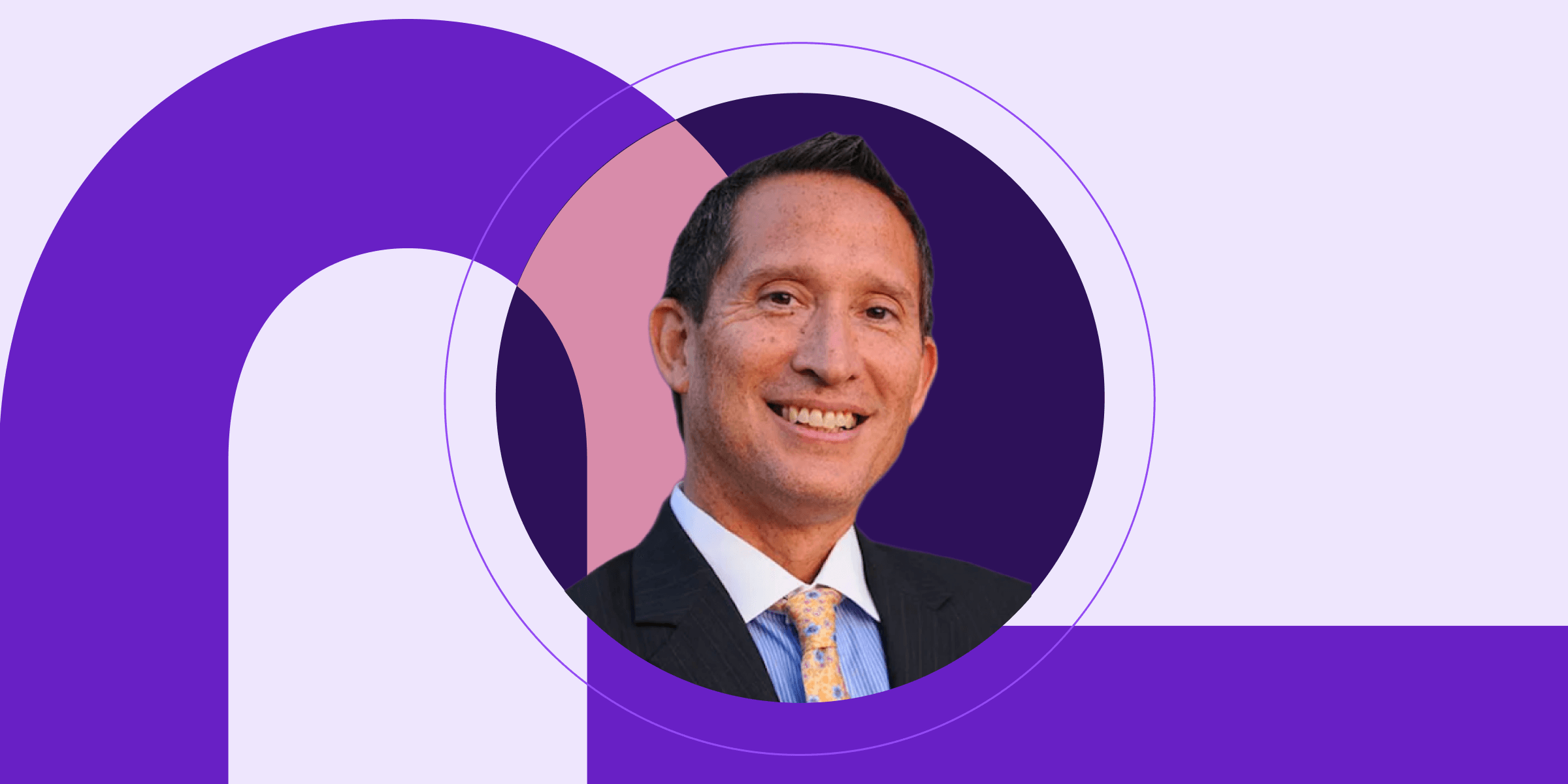At our Higher Learnings webinar, Dr. José Antonio Bowen, author of Teaching Change, challenged faculty to embrace inclusivity and transparency in the classroom. This involves shifting the emphasis from content delivery, to the processes that support meaningful learning. For Bowen, this is all about rethinking assessments, course policies and communication to give students more agency.
To help make the trip, Bowen presented a simple framework. Playfully referred to as the ‘New 3 Rs,’ this process involves prioritizing relationships, resilience and reflection to help learners get the most value out of your course.
→ RSVP for future webinars to improve teaching and learning
What are Bowen’s 3 Rs?
- Relationships: Lesson delivery is only one slice of the pie. Getting to know your students on a personal level creates a more inclusive and supportive environment that encourages them to take risks and lean into learning.
- Resilience: Help students become comfortable with ambiguity and failure. Students will inevitably forget parts of what you teach them. Remind learners that this cycle of forgetting and re-learning is an essential part of the journey and developing a sense of intellectual humility.
- Reflection: Give students opportunities to integrate the feedback they’ve been given. Instead of handing out papers or exams with letter grades attached, make time to process the feedback you’ve provided. What worked and what didn’t? How might they approach things differently in the future? Create spaces for students to reflect and think critically before revealing how they actually did.
Here are a few additional tactics you can use to create a more inclusive learning environment.
1. Keep learning pleasantly frustrating
We’re likely to abandon an activity altogether if it proves too easy or too challenging. Making learning ‘optimal’ involves finding the middle ground that allows for greater motivation and persistence. This also means giving students the insights they need to excel at a given task. “If you’re learning tennis, the instructor provides you with a grade, but the tennis net provides you with feedback. Be the tennis net,” Bowen recommends.
Bowen’s advice: Make the challenge associated with learning a new topic appealing through your assessment techniques. Smaller, bite-sized assessments with frequent feedback create a sense of momentum. This also offers students opportunities to reflect and build on what’s working and discard what isn’t.
2. Shift your cognitive load according to the interests of your students
When students are intrinsically motivated, they’re driven by personal satisfaction and interest as opposed to external rewards. Using examples or case studies that feel foreign to learners may take more mental effort to absorb. Instead, incorporate examples, names and terminology that reflect the demographics and interests of your students to pique their interest from the get go.
Bowen’s advice: Make your assessments reflective of our present moment while giving students a sense of freedom, or agency, in how they apply their knowledge. For example, instead of referencing trains or football in your problems, try using a broader social or political concept that all students are likely to be familiar with. Go one step further by asking learners to explain a concept using language and a medium (such as video) that they understand. “I’m not babying my students—I haven’t dropped my standards. I’ve just added care,” Bowen points out.
3. Position course policies as invitations
Wherever possible, remove barriers for students to access you via office hours, email and other communication channels. Getting to know students for who they are and under what conditions they thrive is an essential first step. “Instead of asking students, ‘what do you know about my subject or discipline?’ at the start of your course, ask them to tell you under what circumstances they do their best work,” Bowen advises. The next step involves translating outdated, static course documents—such as the syllabus—into an interactive format that lets students get a better glimpse into who you are. Your enthusiasm may get lost through an eight-page document. Short introductory videos may do a better job of creating a class climate that promotes belonging and engagement from the start.
Bowen’s advice: Without realizing it, the way you frame certain aspects of your course can predict engagement. Consider changing the term ‘office hours’ to ‘student success hours’ to reduce the stress or confusion and make participation more inviting. Similarly, consider using ‘we’ instead of ‘you’ when interacting with students to create a warm and welcoming atmosphere.
4. Model failure (not just certainty) in front of students
Students want to see you as a real human being. That means not just showing them what you know about your subject area, but being honest about what you don’t know. “If you’re only modeling certainty in the classroom, you’re sending the wrong message. You need to model ambiguity, humility and even failure for your students,” Bowen says.
Bowen’s advice: It’s okay to not have all the answers to student questions at the ready. If a student poses a question in class that you can’t answer confidently, consider telling them that you’ll complete some more research after class and get back to them. Doing so empowers students and serves as a reminder that they, too, can be leaders in the classroom.
→ Join us at one of our upcoming faculty development webinars


